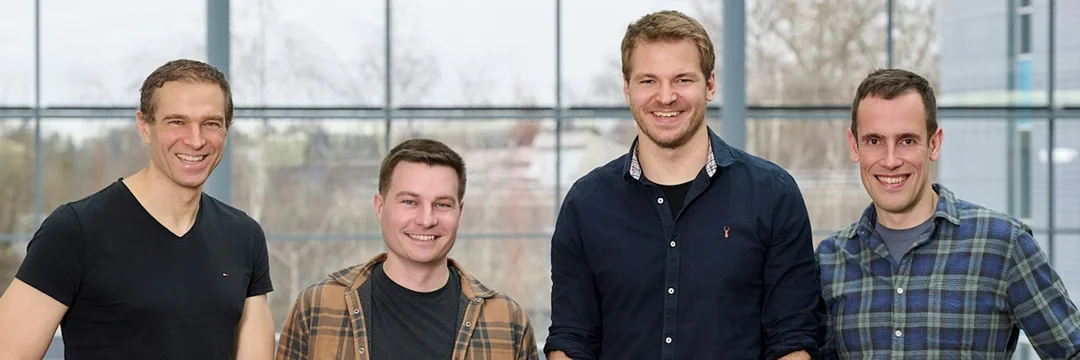
SpAItial Secures $13M Seed Funding to Revolutionize 3D World Generation with AI
The race to build truly immersive and interactive 3D environments powered by AI is heating up. SpAItial, a startup founded by Synthesia co-founder Matthias Niessner, has emerged from stealth mode with a substantial $13 million seed round. This funding will fuel their ambitious goal: to create Spatial Foundation Models (SFMs) capable of generating full, coherent 3D online environments from simple text prompts or images, a feat many consider the "holy grail" of AI.
Niessner, on leave from his visual computing & AI lab at the Technical University of Munich, has assembled an impressive team. Key members include Ricardo Martin-Brualla, formerly of Google's 3D teleconferencing platform (now Beam), and David Novotny, who spearheaded Meta's text-to-3D asset generation project for six years. This collective expertise positions SpAItial as a serious contender in the rapidly evolving field of 3D AI.

The seed round was led by Earlybird Venture Capital, with participation from Speedinvest and several high-profile angel investors. This strong financial backing, particularly for a European startup, underscores the immense potential investors see in SpAItial's vision. While the company's technology is still in its early stages – demonstrated by a recently released teaser video showcasing a text prompt generating a 3D room – the underlying promise has clearly captured the attention of the investment community.
SpAItial faces competition from other well-funded players in the space, including Odyssey (which has raised $27 million) and World Labs (led by AI pioneer Fei-Fei Li, and valued at over $1 billion). However, Niessner believes that the competition is relatively limited compared to other areas of foundation models, especially when considering the overarching goal of creating truly interactive and realistic 3D worlds.
"I don't just want to have a 3D world. I also want this world to behave like the real world. I want it to be interactable and [let you] do stuff in it, and nobody has really cracked that yet," Niessner emphasized. This focus on interactivity and realism distinguishes SpAItial's approach from other companies primarily focused on photorealistic rendering.
Potential applications for SpAItial's technology are vast, spanning video game creation, entertainment, 3D visualizations for construction, and robotic training. The company plans to license its foundation model to developers, fostering the development of downstream applications for specific use cases. Revenue generation is a key priority for SpAItial, setting it apart from some other well-funded AI startups.

SpAItial's core technology, Spatial Foundation Models (SFMs), represent a significant departure from existing AI models that generate images pixel by pixel. SFMs are designed to natively understand the 3D world, inferring geometry, physics, and materiality. This approach enables the creation of 3D environments that are not only visually stunning but also interactive and physically plausible.
The ultimate vision is to enable anyone, even a 10-year-old, to create their own video game in minutes simply by typing in text. This ambitious goal, while seemingly far-fetched, highlights the transformative potential of SpAItial's technology and its potential to revolutionize the way we interact with and create 3D content.
SpAItial's emergence marks a significant step forward in the quest to unlock the full potential of AI in 3D world generation. With its strong leadership, talented team, and substantial funding, the company is well-positioned to shape the future of interactive 3D experiences. What exciting applications do you think this technology will unlock? Share your thoughts in the comments below!